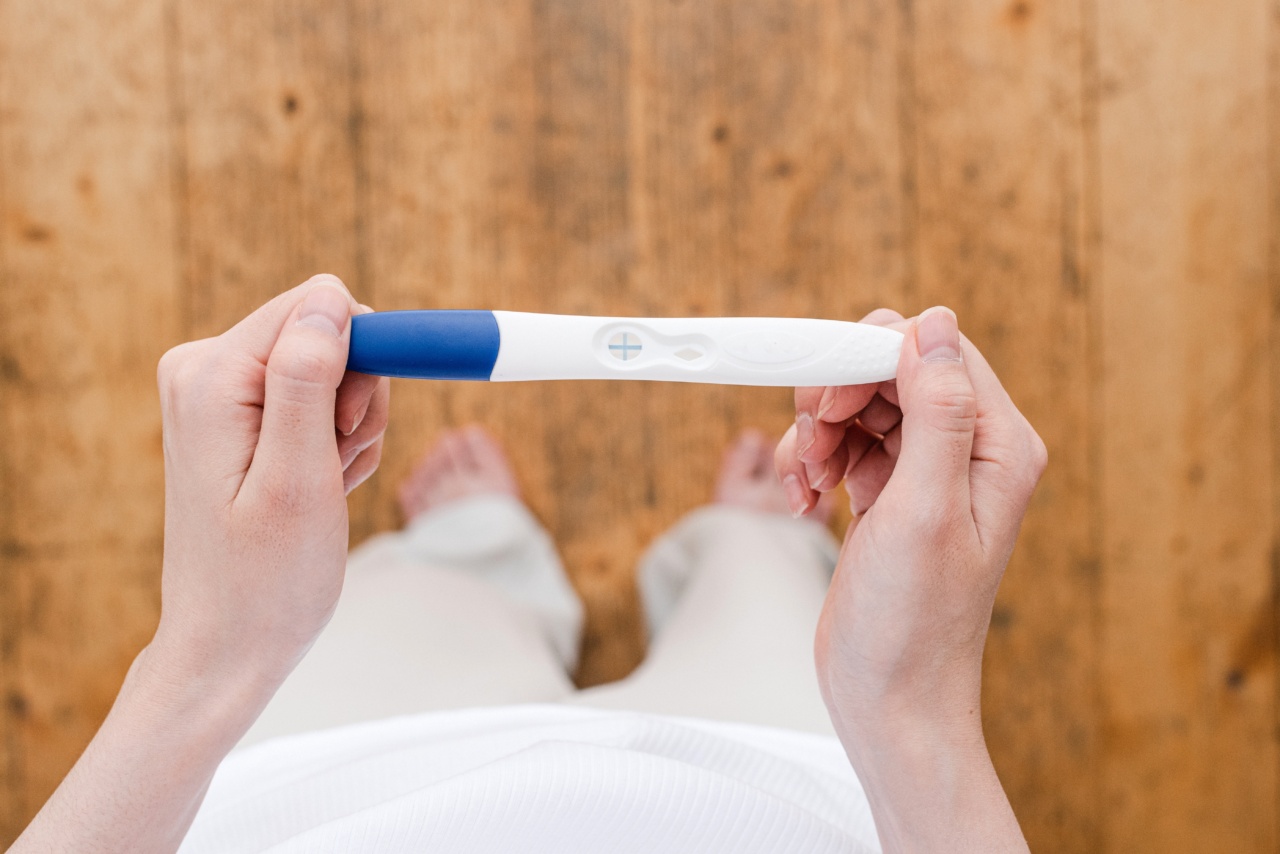The third trimester of pregnancy runs from week 28 to week 40 and is the final stage of pregnancy. This trimester is a crucial period not only for the baby but also for the mother.
During the third trimester, your healthcare provider will conduct several tests to monitor your health and the growth and development of your baby. The tests are essential to ensure that both you and your baby are healthy and to identify any potential risks or complications. Here are some of the tests you can expect during the third trimester:.
Glucose Tolerance Test (GTT)
The glucose tolerance test (GTT) is performed between 24 and 28 weeks of pregnancy to check for gestational diabetes.
During the test, you will be required to drink a glucose solution, and your blood sugar levels will be measured after two and three hours. If your blood sugar levels are high, it could be an indication of gestational diabetes, a type of diabetes that occurs only during pregnancy.
If you have gestational diabetes, it is important to manage your blood sugar levels to ensure that your baby is healthy.
Group B Streptococcus (GBS) Screening
The Group B Streptococcus (GBS) screening is usually done between 35 and 37 weeks of pregnancy. GBS is a type of bacteria that is commonly found in the vagina and rectum of some women.
Although GBS is usually harmless, it can cause serious health problems to the baby if passed on during childbirth. If you test positive for GBS, you will be given antibiotics during labor to prevent the infection from spreading to your baby.
Non-Stress Test (NST)
The Non-Stress Test (NST) is usually done after week 28 of pregnancy and is often performed if you have a high-risk pregnancy.
During the test, you will be hooked up to a fetal monitor, which will measure your baby’s heart rate in response to their movements. If your baby’s heart rate is within normal range, the test is considered “reactive,” and your baby is considered healthy.
If your baby’s heart rate doesn’t increase in response to movements, it could indicate that they are not getting enough oxygen. This could be a sign of potential problems like placenta previa, preeclampsia or fetal distress.
Amniocentesis
Amniocentesis is usually done between 15 and 20 weeks of pregnancy to check for genetic disorders and other abnormalities. However, in some cases, you may need to have amniocentesis during the third trimester.
During the test, your healthcare provider will use a long, thin needle to extract a small amount of amniotic fluid from your uterus. The amniotic fluid contains cells that can be analyzed to detect any chromosomal abnormalities or genetic disorders.
Amniocentesis is a diagnostic test that can provide valuable information about the health of your baby, but it is an invasive procedure that carries some risks.
Biophysical Profile (BPP)
The Biophysical Profile (BPP) is usually done after week 32 of pregnancy to check the health and wellbeing of the baby.
During the test, your healthcare provider will use an ultrasound to monitor your baby’s movements, breathing, muscle tone, and amniotic fluid levels. Each parameter is scored, and the results are used to evaluate the baby’s health. If any problem is detected, your healthcare provider may recommend immediate delivery.
Maternal Serum Alpha-Fetoprotein (MSAFP) Test
The Maternal Serum Alpha-Fetoprotein (MSAFP) test is usually done between 14 and 22 weeks of pregnancy to check for neural tube defects and chromosomal abnormalities.
However, if you didn’t have the test earlier, you may be given the test during the third trimester. The test measures the levels of alpha-fetoprotein in your blood, which is a protein produced by the fetus. High levels of alpha-fetoprotein could indicate a problem, while low levels could indicate that your pregnancy is at risk for complications.
Group B Strep Culture
The Group B Strep Culture is usually done around 36 weeks of pregnancy to check for the presence of GBS. During the test, your healthcare provider will collect a swab sample from your vagina and rectum and send it to a laboratory for analysis.
If the test results are positive, you will be given antibiotics during labor to prevent the infection from spreading to your baby.
Ultrasound
Ultrasound is a diagnostic test that uses high-frequency sound waves to produce images of the baby inside the uterus. Ultrasound is usually done several times during pregnancy to monitor the growth and development of the baby.
During the third trimester, ultrasound can be used to measure the baby’s size and position, to check amniotic fluid levels, and to detect any potential problems like placenta previa or a low-lying placenta.
Kick Counting
Kick Counting is not a medical test but a self-monitoring technique that involves counting your baby’s movements.
During the third trimester, your baby’s movements should become more regular, and you should be able to feel your baby’s movements on a daily basis. You can monitor your baby’s movements by recording the number of kicks or movements you feel within a certain time frame. Your healthcare provider can provide you with guidelines on how to do kick counting correctly.
Cervical Length Measurement (CLM)
Cervical Length Measurement (CLM) is usually done between 22 and 24 weeks of pregnancy to check for cervical incompetence, a condition that could lead to premature labor.
However, if you have a history of preterm birth or other risk factors, you may need to have CLM during the third trimester. During the test, your healthcare provider will use an ultrasound to measure the length of your cervix. If your cervix is short, it could be an indication that you are at risk of premature labor.
Conclusion
The third trimester is a crucial period for both the mother and the baby. Regular prenatal care and monitoring are essential to ensure a healthy pregnancy and delivery.
During the third trimester, your healthcare provider will conduct several tests to monitor your health and the growth and development of your baby.
Some of the tests include glucose tolerance test, Group B Streptococcus screening, non-stress test, amniocentesis, biophysical profile, maternal serum alpha-fetoprotein test, group B strep culture, ultrasound, kick counting and cervical length measurement. Following your healthcare provider’s recommendations and attending all scheduled appointments can help identify any potential problems and ensure that both you and your baby are healthy.




























